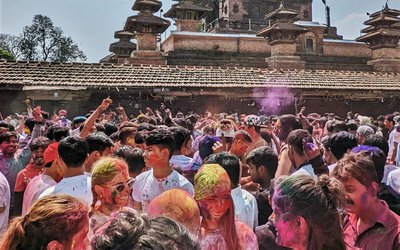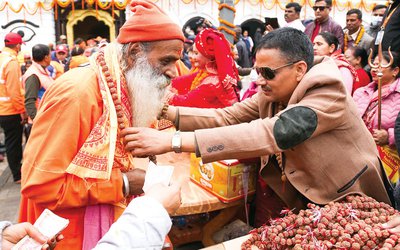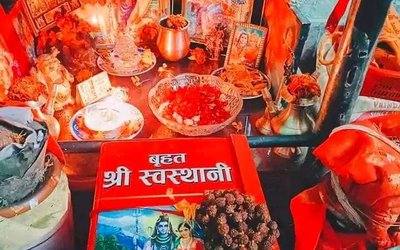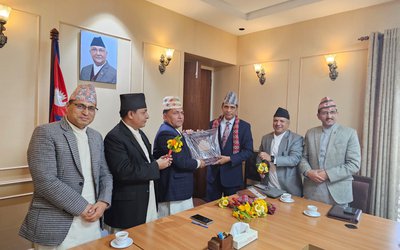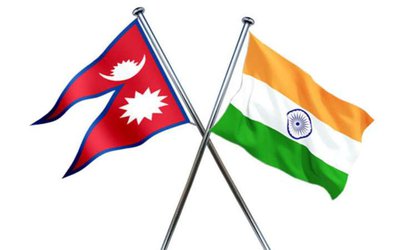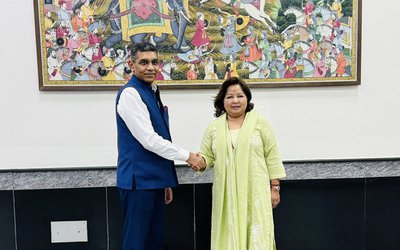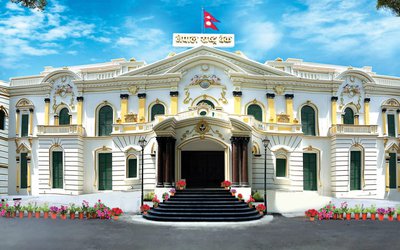
This year, Navratri begins on October 15 and will culminate with Vijayadashami on October 24. Today is also the day for ghatasthapana for invoking the goddess and ushering in the festivity will happen on the first day. Hindus in Nepal and India celebrate Ghatasthapana as an important day.
Ghatasthapana is one of the significant rituals during Navratri. It marks the beginning of nine days festivity. Our scriptures have well defined rules and guidelines to perform Ghatasthapana during a certain period of time at the beginning of Navratri. Ghatasthapana is invocation of Goddess Shakti and doing it wrong time, as our scriptures forewarn, might bring wrath of the Goddess Shakti. Ghatasthapana is prohibited during Amavasya and night time.
The most auspicious or Shubh time to do Ghatasthapana is first one third of the day while Pratipada is prevailing. If due to some reasons this time is not available then Ghatasthapana can be done during Abhijit Muhurta. It is advised to avoid Nakshatra Chitra and Vaidhriti Yoga during Ghatasthapana but those are not prohibited. The most important factor to consider is that Ghatasthapana is done before Hindu midday while Pratipada is prevailing.
Ghatasthapana is also known as Kalash Sthapana or Kalashsthapana. You might also be interested in complete Shardiya Navratri Calendar and Durga Puja Calendar.
Navaratri
Navratri 2023 puja vidhi, samagri, mantra, procedure: Navratri is an important festival celebrated in India and around the world by the Indian diaspora, mainly the Hindu community, which invokes the nine different avatars of Goddess Durga for nine nights.
This year, Navratri begins on October 15 and will culminate with Vijayadashami on October 24. The ghatasthapana or the placement of the auspicious kalash for invoking the goddess and ushering in the festivity will happen on the first day, that is October 15 which is Shailputri puja, the first avatar.
On the second day, people worship Brahmacharini or the second avatar of Goddess Durga, followed by Chandraghanta, Kushmanda, Skandmata, Katyayani, Kaalratri, Mahagauri and finally, Siddhidatri.
According to the Hindu calendar, the festival is celebrated in the month of Ashwin, which typically falls in September or October, according to the modern Gregorian calendar. People buy new clothes, make elaborate decorations at home, fast diligently for nine days and take part in dancing and like activities.
It is also believed that Lord Rama had defeated King Ravana in the battle of Lanka before returning to Ayodhya after an exile of 14 years. People, therefore, burn the effigies of Ravana and his brothers Meghnad and Kumbhakaran on the last day of the festival, which is Dussehra.
Ghatasthapana morning muhurta is between 11:30 am on October 15. The ghatasthapana requires the following items: a wide and open clay pot, clean soil, seeds of seven different grains, small clay or brass pitcher, Ganga jal or sacred water for the kalash, sacred thread, scent, betel nuts, coins, five ashoka or mango tree leaves, rice, unpeeled coconut, red cloth for the coconut, flowers and garland.
- MADHU KUMAR MARASINI: Person With Determination
- Mar 14, 2025
- Foreign Minister Rana in Delhi, Likely To Meet Indian External Affairs Minister
- Mar 14, 2025
- Holi In Terai-Madhesh Today
- Mar 14, 2025
- Nepal’s Current Account Remains At Surplus In seven months of current FY
- Mar 14, 2025
- Weather Forecast: Generally Cloudy In Hilly Areas Koshi And Gandaki With Rain In Few Places
- Mar 14, 2025

